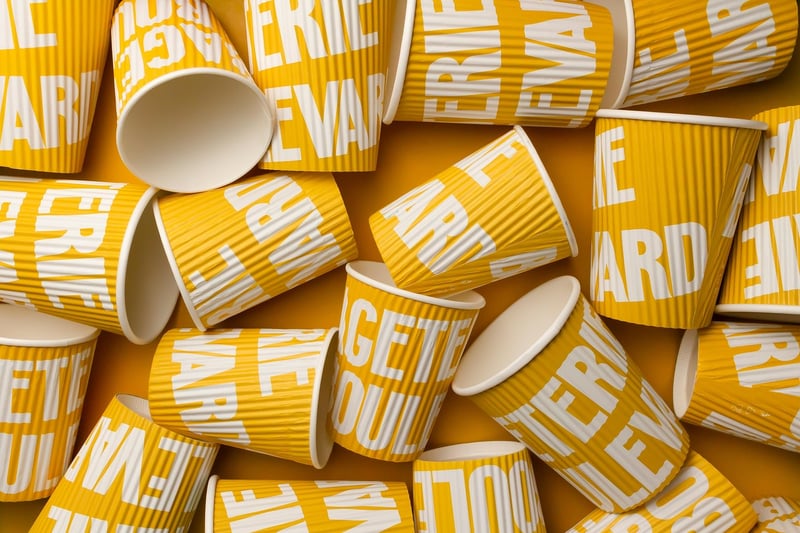Eco-friendly practices
Exploring Upcycling: A Guide for Eco-Friendly Enthusiasts
The Art of Upcycling
Upcycling is the creative process of transforming old or discarded materials into new items of higher quality and environmental value. It promotes sustainability by giving new life to items that would otherwise end up in landfills.
Benefits of Upcycling
- Reduces waste and conserves resources
- Encourages creativity and innovation
- Helps in reducing carbon footprint
- Cost-effective and unique
Getting Started
If you're new to upcycling, start small. Look around your home for items that can be repurposed or visit thrift stores for inspiration. Items like old furniture, glass jars, and clothing can be transformed into something new and exciting.
Popular Upcycling Ideas
- Turn old t-shirts into tote bags
- Repurpose glass jars into candle holders
- Transform wooden pallets into furniture
- Upcycle old furniture with a fresh coat of paint
Eco-Friendly Practices
When upcycling, it's essential to prioritize eco-friendly practices to maximize the environmental benefits of your creations.
Use Non-Toxic Materials
Opt for non-toxic paints, adhesives, and finishes to ensure that your upcycled items are safe for both you and the environment.
Energy-Efficient Techniques
Choose energy-efficient methods like hand tools over power tools whenever possible to reduce your carbon footprint during the upcycling process.
Donate or Swap
Consider donating or swapping your upcycled creations to extend their lifecycle and promote sustainability in your community.
Embrace the Upcycling Movement
Join the upcycling community, attend workshops, and share your creations on social media to inspire others to adopt eco-friendly practices and reduce waste.

Upcycling is not just a hobby; it's a way of life that contributes positively to the environment. Start your upcycling journey today and make a difference, one repurposed item at a time!
For more upcycling ideas and inspiration, check out Upcycle That.
